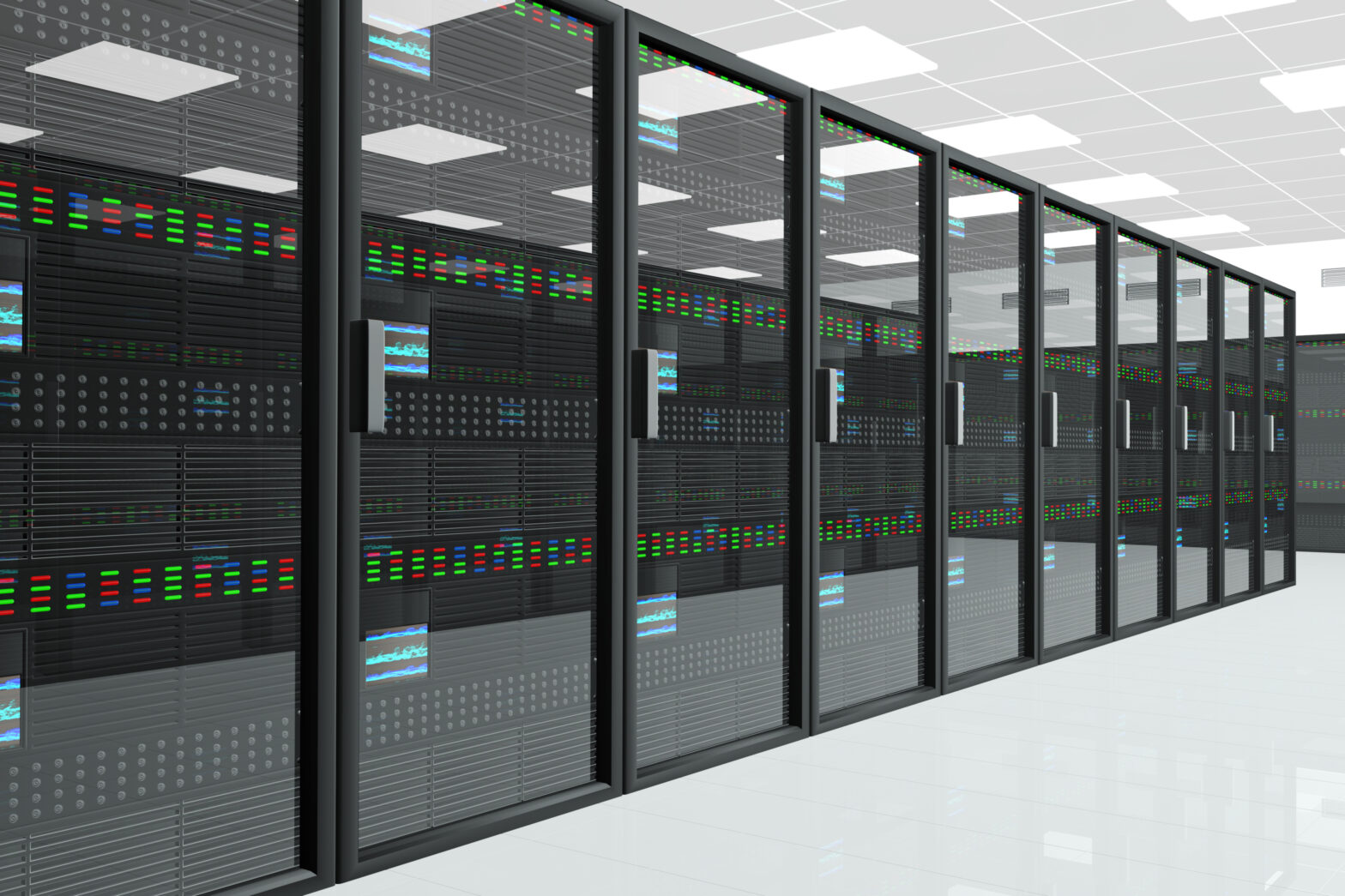Data centre dependence is increasing. Providing a reliable service is now vital to ensuring a business runs smoothly.
Organisations rely on the data centre to provide services to customers and to run internal operations.
Data centre downtime, even for a short period, results in revenue loss, damage to the brand’s reputation, upset customers and in many cases broken equipment. No organisation wants to experience this scenario, but it occurs with startling regularity.
>See also: Fortune telling: what’s in store for the data centre in 2017
For example, Amazon’s website went down for just 20 minutes earlier this year and cost the company a reported $3.75 million in lost revenue. It does not seem like a long time but it is enough to make customers look elsewhere.
Delta Airlines suffered an outage that caused days of delays and disruption for its passengers and an enormous $120 million loss. The damage to its brand reputation was equally large, with the CEO having to apologise to customers for the service issues.
The data centre is business critical yet many organisations do not have enough operational information about their facilities and IT assets to ensure reliability.
The above cases were especially bad but downtime for any size business is damaging, especially when it could have been avoided.
Lack of real-time visibility into the data centre is not an acceptable excuse for customers to experience disrupted service, especially when it can easily be avoided.
How to prevent costly downtime
Surprisingly, many data centres are still managed using manual processes. These processes are prone to error and operational data quickly becomes outdated.
Most outages can be easily avoided with adequate monitoring and preventative measures.
>See also: Is the modern data centre mission impossible?
Monitoring the data centre environment in real-time enables data centre managers to better detect potential issues before they escalate. This includes leaks in cooling equipment, undercooled servers and lack of capacity.
For example, peak online shopping days cause a large increase of traffic to websites. This spike in data causes IT equipment to work overtime and to generate excess heat. If servers are not cooled effectively, the overheating could damage servers, or worse, cause them to fail.
Environmental monitoring plays a crucial role in these situations. It enables data centre managers to ensure the environment is being run at its optimum, increasing energy efficiency of the facility and improving return on investment on IT assets for the organisation.
An increase in traffic can also cause issues if there is not adequate capacity in the data centre to handle the additional work.
The data centre is a constantly changing environment and moving assets to where they are needed can lead to equipment going missing in transit.
It is not uncommon for organisations to have unused assets in storage gathering dust, simply because staff lost track of them when they were being tracked manually!
Tracking IT assets in real-time allows equipment to be easily relocated when a change in capacity dictates, also ensuring the assets maintain a complete audit history.
Data doesn’t have to spell disaster
More data flowing through the data centre should not have to be an issue. Data centre technology is becoming more advanced, and with hybrid environments consisting of internally managed and cloud facilities, organisations are more equipped than ever to manage surges in data.
>See also: Microsoft opens first UK cloud data centres
Constantly monitoring the data centre environment in real-time empowers organisations to act quickly and in many cases prevent issues altogether.
As with every other business process, preparation is key.
Planning for potential issues and having the tools to prevent and manage disasters will help reduce damage if issues do arise, therefore protecting equipment, revenue and the brand.
Sourced by Adrian Barker, general manager EMEA, RF Code







